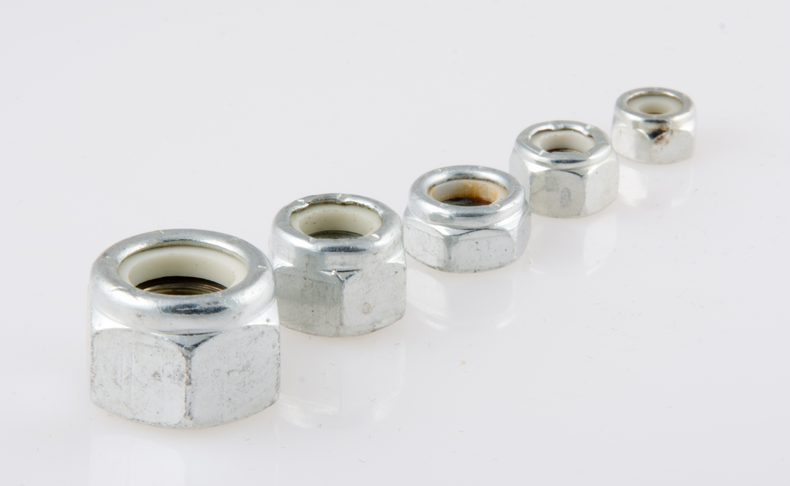These nuts are designed with locking mechanisms to keep the nut in place. Examples of locking mechanisms include pins, plastic inserts, lock wire, or misshapen threads.
CASTLE NUTS
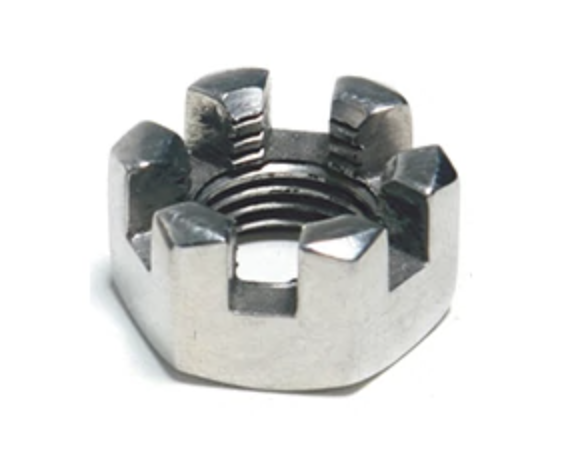
These particular nuts are designed with slots that run parallel to the nut axis. This unique feature allows for the convenient placement of a safety wire or cotter pin, which can be threaded through the slots to effectively secure the nut in place.
FLANGE NUTS
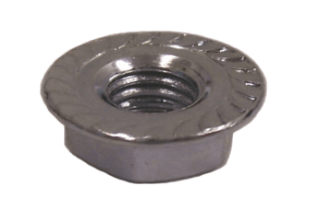
These nuts have a larger circular base and a serrated face, ensuring efficient load distribution and preventing any potential loosening.
INSERT NUTS

These nuts are specially designed to create a threaded socket in a wooden workpiece through the use of sharp flanges that penetrate the substrate. They are available in both screw-in and hammer-in variations, providing flexibility for different installation methods.
NYLON INSERT NUTS
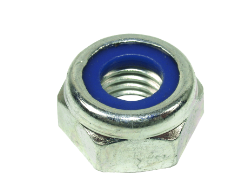
These nuts utilize a plastic thread insert that can be tapped by a bolt, guaranteeing a secure and snug fit.
PALNUTS
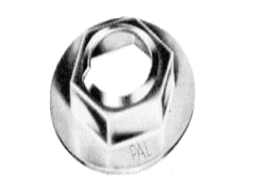
Crafted from deformable spring steel, these nuts generate a resilient force, functioning in a similar manner to spring washers.
SPEED NUTS

Operating as a hybrid of a washer and lock nut, these nuts feature two sheet metal prongs that function as a unified female thread.
JAM NUTS

These slim hex nuts are securely fastened against a non-locking nut, effectively eliminating any possibility of loosening.
JET NUTS
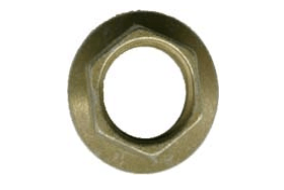
These flanged hex nuts feature an elliptical offset for enhanced security and stability. The hexagonal design is slimmer compared to a similarly-sized hex nut.
KEP NUTS

These nuts consist of a hex nut with an attached free-spinning external tooth lock washer on one side.
SPLIT BEAM NUTS

These nuts are designed with a split, tapered end that increases the friction between the bolt and nut threads, promoting enhanced grip and security.
TEE NUTS

When embedded in wood or composite material, these nuts function as threaded inserts that sit flush with the surface. They have metal prongs that penetrate the material for added stability and secure attachment.

